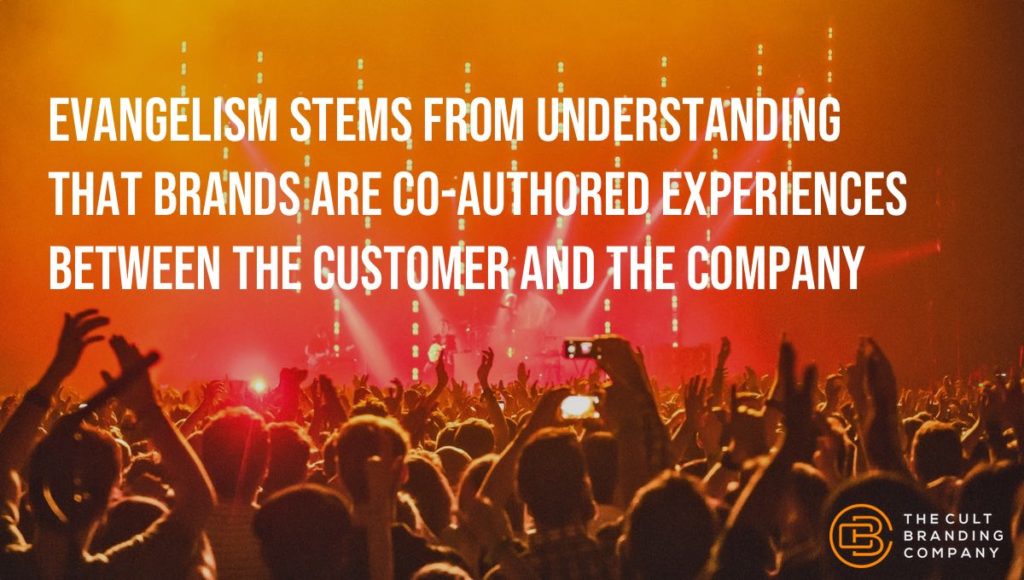
We are big fans of great books.
One of our favorite books is Guy Kawasaki’s Selling The Dream.
In Selling The Dream, former Apple software evangelist Guy Kawasaki lays the groundwork for what it takes to drive passion.
Realizing that people “aren’t stupid” and don’t buy what they’re told, Kawasaki views evangelism as a much more dominant driver of purchase than traditional advertising. The difference between evangelism-based advertising is clearly laid out by Steve Hayden who, along with advertising guru Lee Clow, developed the iconic 1984 ad for Apple.
Evangelism is a much more powerful tool than traditional advertising because evangelism declares, “I believe this and if you join me in this belief, it’s going to be great. Something exciting is going to happen. It’s going to be perfect for me, and it’s going to be perfect for you.”
Contrast this with much of today’s advertising: “Here’s an attractive offer for you. If you take me up on this offer, you’re going to realize significant benefits.”
Evangelism stems from understanding that brands are co-authored experiences between the customer and the company. Brands that evangelize seek to inspire legions of loyal fans and create mass movements that cultivate the most powerful form of advertising.
Which is why you should…
Start With Why
The starting point of any passionate following is a cause, the why of your existence. Causes that gain traction achieve five things:
- Embody a vision
- Make people better
- Generate big effects
- Catalyze selfless actions
- Polarize people
These five things are essential if you want to inspire real passion. Which is why it’s important to remember that…
Leaders Must Love Their Cause
Every cause needs a leader who believes more firmly in it than anyone else.
Kawasaki writes, “If a cause is the foundation of the house of evangelism, then the leader is the frame on this foundation. The leader provides the vision for an organization, resolves its seemingly impossible problems, and motivates its members.”
He cites a story about the legendary jeweler Harry Winston: One of Winston’s salespeople couldn’t close the sale of a large diamond. Just as the customer was about to leave, Winston stepped in and closed the deal. When asked how he did it, Winston replied, “That salesperson is one of the best in the business. He knows diamonds—but I love them.”
Which leads us to…
Make Dreams Reality
All movements have objectives; when achieved, they create the conditions for passionate followers. These targets have four qualities: they are challenging, few, inspiring, and, perhaps most significantly for modern businesses, stable.
As Kawasaki writes, “Frequent changes suggest that someone doesn’t understand the competition or doesn’t know how to manage people…[they also] usually cause poor morale.”
How do you sell the dream to your team, your customers, the world?
